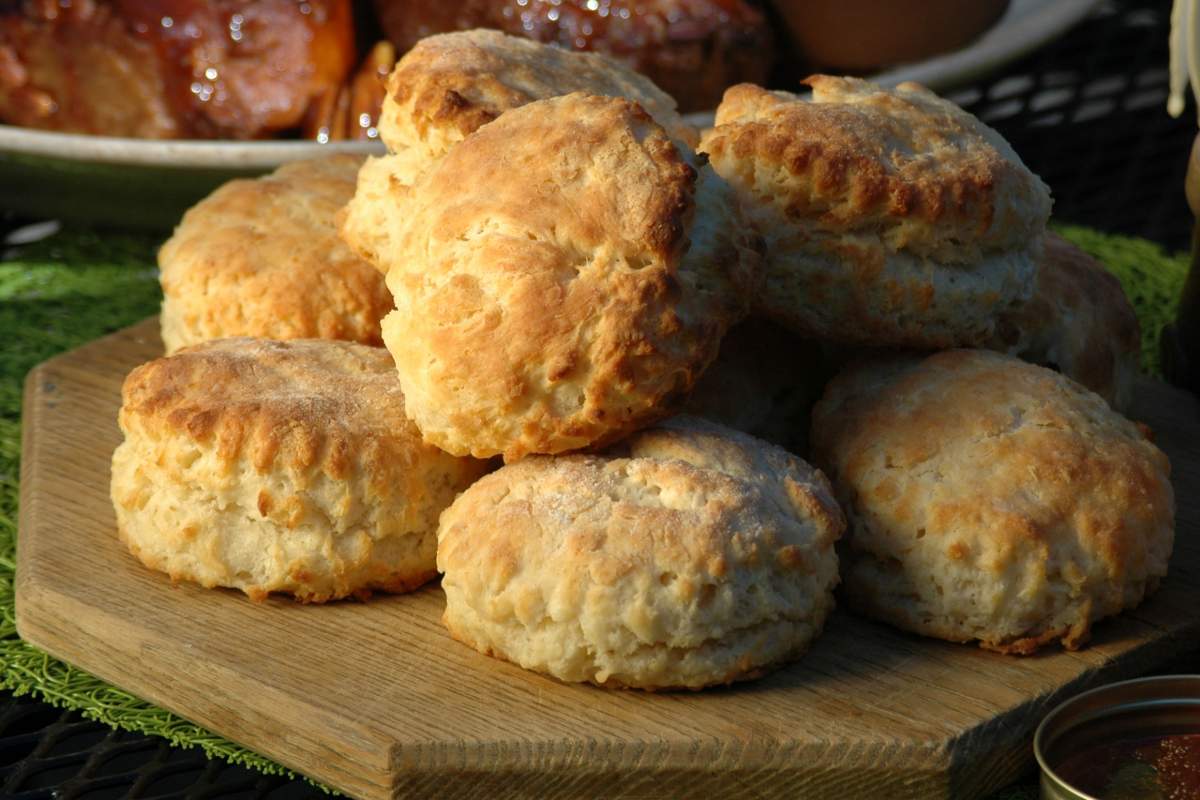
Baking Through The Ages
Baked goods have been a staple in the human diet for thousands of years. The first breads were flat cakes of wheat, mixed with water and baked on hot stones.
The Egyptians added to the development of bread baking about 5,000 years ago. At that time, bread was made by leavening the dough with yeast foam, which forms on the top of fermenting wines.
The Greeks baked a wide variety of breads, with ingredients such as milk and oil. The Romans created a large-scale commercial bread industry. It is believed that over 1,000 loaves per day were produced in some of their largest bakeries.
Throughout history, there have been many refinements to the baking industry. Bleaching flour changed the modern breads into soft, light loaves. But there is still nothing like bread made from hearty whole grains. You may like to sprout grains and add them to dough mixtures.
Fortunately, the current movement toward whole foods has brought a large variety of high quality grains to the marketplace. It's easy to find local foods stands by surfing the web.
A Fundamental Of Down-Home Cookin'
Bread baking is a fundamental of home cooking. It is a skill that produces great results after just a few tries. After a basic recipe is perfected, a home baker can move on to a variety of biscuits, breads, rolls, and sweet pastry leavened with commercial yeast.
Unlike commercial loaves, which are made with industrial yeast, sourdough breads are made with starters. In order to create a "sponge", some breads are made by fermenting the flour, water, and sugar. Others are made from wild yeast spores.
These wild yeast cultures are an adventure for even the most experienced bread baker. Some have been made into sponges that are passed down through generations.
Food For The Heart
Baking bread is an act of love and gives us a chance to expose our nurturing sides. So if you are scared, start like early man did and make some pancakes for breakfast and move forward to biscuits, cornbread, and loaves.
Grandma's Buttermilk Biscuits
I always remember my grandmother's biscuits. She made them so often she never measured a thing. I'm so glad I got to bake them with her enough to get the recipe. She's gone now, but she lives on through my memories and the buttery smell of these freshly baked breakfast favorites each time I bake them.
These biscuits are great with mid-western sausage gravy like we used to have but are just as good with smoked salmon, country ham or cream cheese and homemade jam.
You can add dried raisins or currants to the mix and turn these biscuits into scones or season the mix with grated Parmesan, scallions or cracked pepper for a savory biscuit.
For shortcake add a little extra sugar to the mix and sprinkle the biscuits with sugar crystals before baking. Top with whipped cream and strawberries and you have one of my favorite dessert.
Leftover biscuits can be split in half and crisped in a slow oven for great croutons.
Ingredients
- 2 cups flour
- 1 tablespoon baking powder
- 1/4 teaspoon baking soda
- 1/2 teaspoon salt
- 1 teaspoon sugar
- 1/2 cup butter, cut into pea sized pieces and chilled well
- 3/4 to 1 cup buttermilk (she used sour milk, or fresh milk with a little vinegar in it when she didn’t have buttermilk)
Cooking Directions
- Sift dry ingredients into a stainless steel bowl and chill in the freezer.
- With a dough cuter, large fork or in the bowl of a food processor cut the butter into the dry ingredient being careful not to overwork the dough. The butter should remain visible in the dough.
- Pour out the mixture and form a well in the center. Put ¾’s of the buttermilk in the well and quickly incorporate it. Add more liquid if needed until the dough holds its shape.
- Press out to an even ½ inch thickness and cut into desired shape. Brush with a little buttermilk and chill until ready to bake.
- Bake in a pre-heated 400 F oven for 10 minutes. Reduce heat to 350 F and bake until golden brown and light to the touch.













